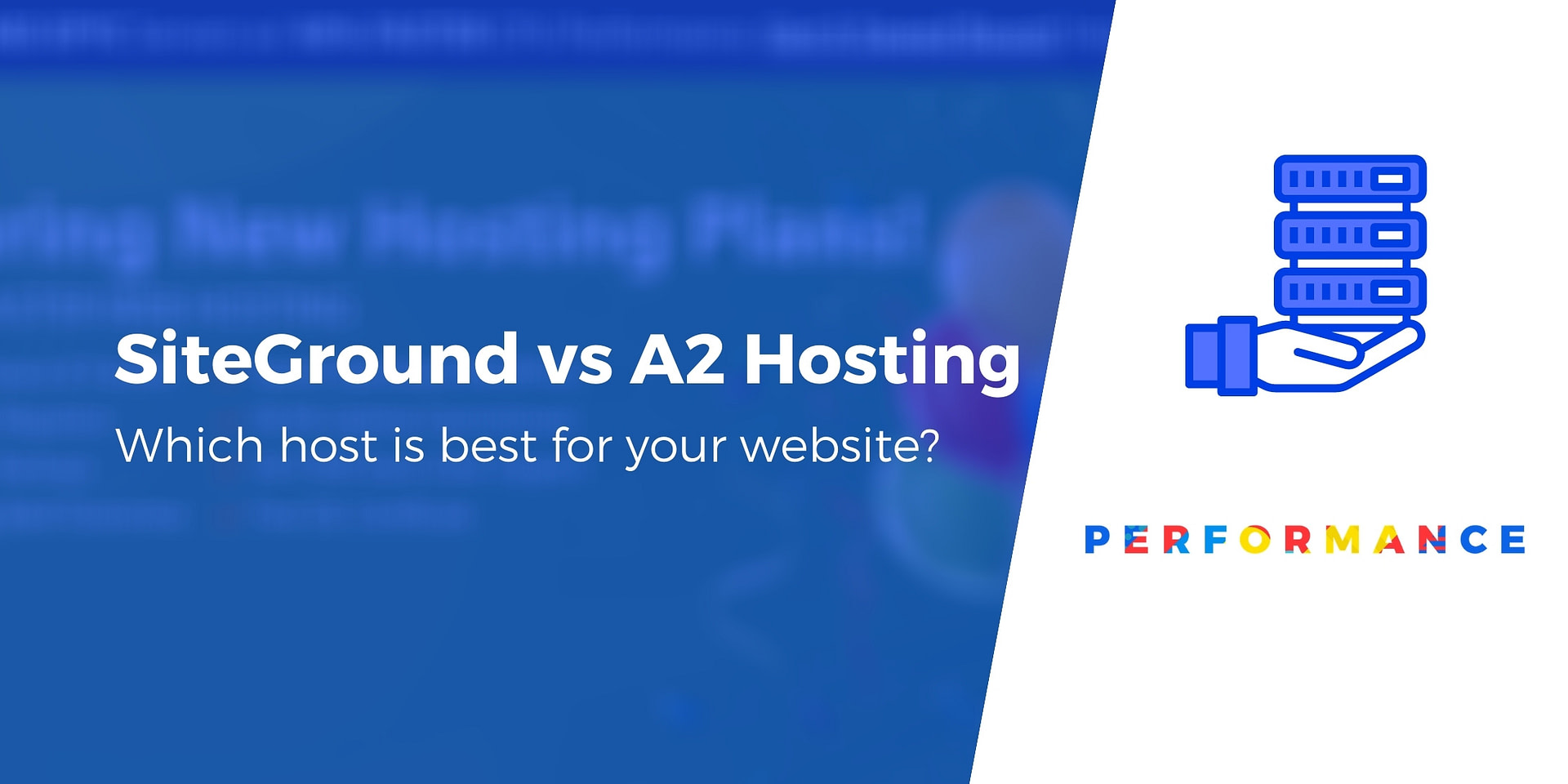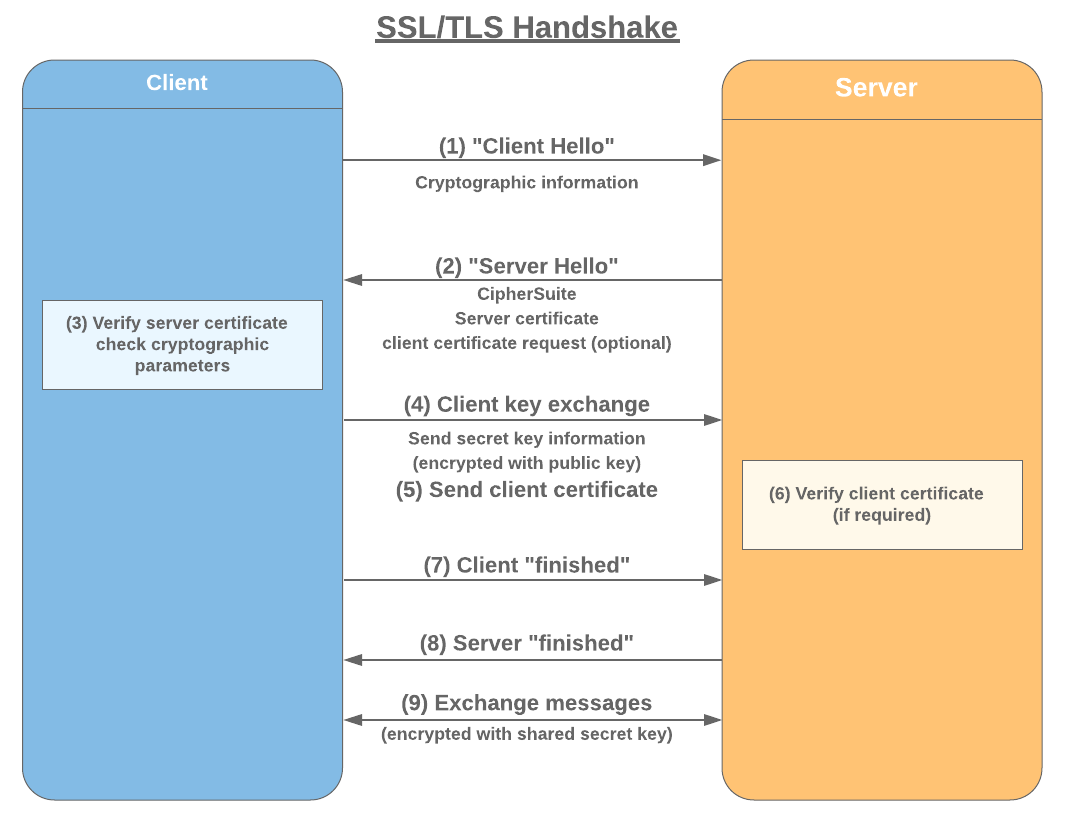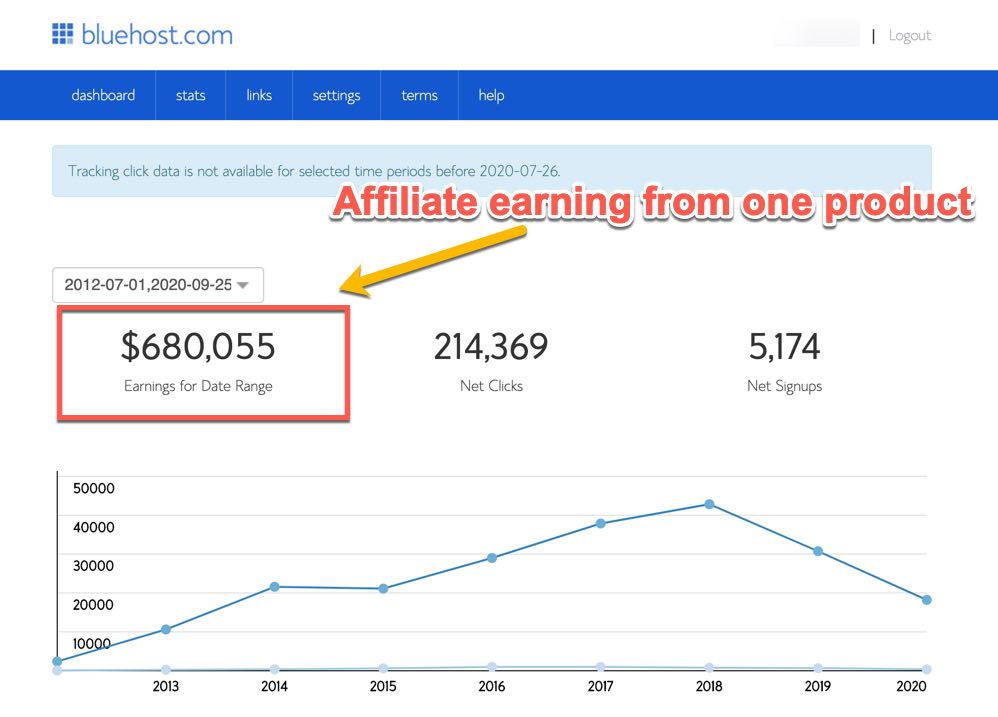
You can install Apache on Ubuntu using the command "apt-get install apache ubuntu". Before you can install Apache you need to make sure that your firewall software permits it. Ubuntu's firewall software is known as ufw. Open ufw. Select the option "allow connection". The output should show whether Apache is allowed or not. If it is allowed, then you should see "active" for the Apache server.
Prerequisites
Before you install Apache on your Ubuntu-based computer, you need to ensure that the system has the proper prerequisites. You will need to have the sudo command access, which allows you edit files. Additionally, you will need to have administrator privileges on your user account. You can now install the web server after you have completed all the prerequisites.
First, you should enable your firewall and enable port 443. To do this, run sudo "ufw allow" in Apache Full. This will enable HTTPS and HTTPS ports. You must also make sure you have at minimum 50MB of disk space. After installation is complete the Apache server will consume about 10MB of diskspace. However, the actual space required depends on the configuration options, third-party modules, and the size of your web site. Apache requires an ANSI C compiler. If you use a different compiler, ensure it supports ANSI C. Finally, ensure that your PATH contains basic tools.

Configuring a UFW firewall
Once you've installed UFW on your computer, you'll need to set up rules to protect your computer from unauthorized connections. You have several options to configure the firewall rules of UFW firewall. You will first need to set up a netmask that prevents UFW's from accepting connections from IP addresses not belonging to your subnet. To limit the allowed connections, you will need to set up a policy. UFW default policy is "deny". This policy blocks all incoming connections but allows for specific connections. Lastly, rules can also be deleted by number or name.
UFW is also an option to configure your firewall to only allow outgoing connections. This is the most secure default. You can block IP address ranges, programs or ports. Or you can do a combination. To change the policy you will need to modify /etc/default/ufw.
Reloading Apache Web Server
Reloading Apache web servers on Ubuntu is simple. It can be done using the systemctl command. It may take some time to finish. If your server configuration is complicated or large, unexpected disruptions could occur.
Check all configurations, then restart the webserver. Make sure that you do not have any zombie processes in the system. This is vital because unreliable Internet connections can cause the web server to be unable to function.

Configuring virtual hosts
Configuring multiple Apache virtual hosts is one of the easiest ways to allow multiple domains on a single Ubuntu server. This is an extremely powerful tool that allows you run multiple domains and host them all on one server. In addition, virtual hosts are flexible and can be configured for any host name.
Because there are so many options, this can make it difficult for beginners. This is not difficult if you just follow these steps. First, create the directory where your files will be stored. This directory is your document root. It contains the directory where site data will be stored. While the default directory will be at /var/www for virtual hosts, it will be theirs.
FAQ
What HTML & CSS can I use to create my website?
Yes, you can! Basic knowledge of web design and programming languages such as HTML (Hyper Text Markup Language), and CSS (Cascading Stil Sheets) is required. These languages enable you to create websites that are accessible to anyone with an internet connection.
How much do web developers make?
A website is a project you can work on for your own money. You'll likely make $60-$80 an hr. However, if you wish to charge more, you can become an independent contractor. The hourly rate could be anywhere from $150 to $200
Do I choose WordPress or a web builder?
Start small to create a strong web presence. If you have the time and resources to build a full-blown site, then do so. But if you don't have these resources yet, starting with a simple blog might be the best option. As you learn to develop and design websites, you can always add new features.
It is essential that you have a primary domain name before you can start your first website. This will provide you with a point of reference when you publish content.
How do I create my own website?
It all depends on which type of website it is. Are you looking to sell products online, start a blog, or build a portfolio?
You can make an essential website using only HTML and CSS (a combination of HyperText Markup Language and Cascading Style Sheets). Although HTML and CSS are possible to create a website, most web developers recommend using WYSIWYG editors such as Frontpage or Dreamweaver.
You might consider hiring a freelance designer if you don’t know how to design websites. They can help you create a custom website based on your needs.
A freelance developer may charge you either a flat-fee per project, or an hourly fee. The cost of hiring a freelancer varies depending on how much work they complete within a given timeframe.
For example, some companies charge $50-$100 per hour. For larger projects, rates are usually higher.
You can also find jobs on many freelance websites. You could search there first before contacting potential developers directly.
WordPress is a CMS?
Yes. It's a Content Management System (CMS). Instead of using Dreamweaver or Frontpage, a CMS lets you manage your website content directly from your web browser.
WordPress's best feature is its free pricing! Hosting is all you need, and it's usually free.
WordPress was initially designed as a blogging platform but now offers many different options, including eCommerce sites, forums, membership websites, portfolios, etc.
WordPress is simple to install and configure. It is necessary to download the installation file from their site and upload it on your server. Then, you simply visit your domain name through your web browser and log in to your new site.
After installing WordPress, you'll need to register for a username and password. Once you log in you'll be able access all your settings via a dashboard.
From here, you can add pages, posts, images, links, menus, widgets, and plugins. This step can be skipped if editing and creating content is easy for you.
But if you'd rather work with someone, you can hire a professional website designer to handle everything.
Statistics
- Did you know videos can boost organic search traffic to your website by 157%? (wix.com)
- It's estimated that in 2022, over 2.14 billion people will purchase goods and services online. (wix.com)
- It enables you to sell your music directly on your website and keep 100% of the profits. (wix.com)
- The average website user will read about 20% of the text on any given page, so it's crucial to entice them with an appropriate vibe. (websitebuilderexpert.com)
- It's estimated that chatbots could reduce this by 30%. Gone are the days when chatbots were mere gimmicks – now, they're becoming ever more essential to customer-facing services. (websitebuilderexpert.com)
External Links
How To
How to choose one CMS from another?
In general, there are two types of Content Management System (CMS) Web Designers use Static HTML and Dynamic CMS. WordPress is the most used CMS. But when you want to make your site look professional and well-organized, you should consider using Joomla! The powerful, open-source CMS Joomla allows you to build any website design with no coding skills. It's easy to install and configure. Joomla has thousands of pre-made templates and extensions that can be used to create your website. Joomla is easy to use and free to download. Joomla is a good choice for your project.
Joomla is a powerful tool that makes it easy to manage all aspects of your website. Joomla offers many features, such as a drag and drop editor, multiple templates support, image manager blog management, news feed, eCommerce, and a blog management. All these features make Joomla a good choice for anyone who wants to build their website without spending hours learning how to code.
Joomla works on almost all devices. So, if you want to develop websites for different platforms, you can do so easily.
There are several reasons why people prefer Joomla over WordPress. Some of them include:
-
Joomla is Open Source Software
-
It's simple to install and configure
-
Over 2,000 ready-made Templates and Extensions
-
Download and use this free software
-
All Devices Supported
-
The Powerful Features
-
A great support community
-
Very Secure
-
Flexible
-
Highly customizable
-
Multi-Lingual
-
SEO Friendly
-
Responsive
-
Social Media Integration
-
Mobile Optimized